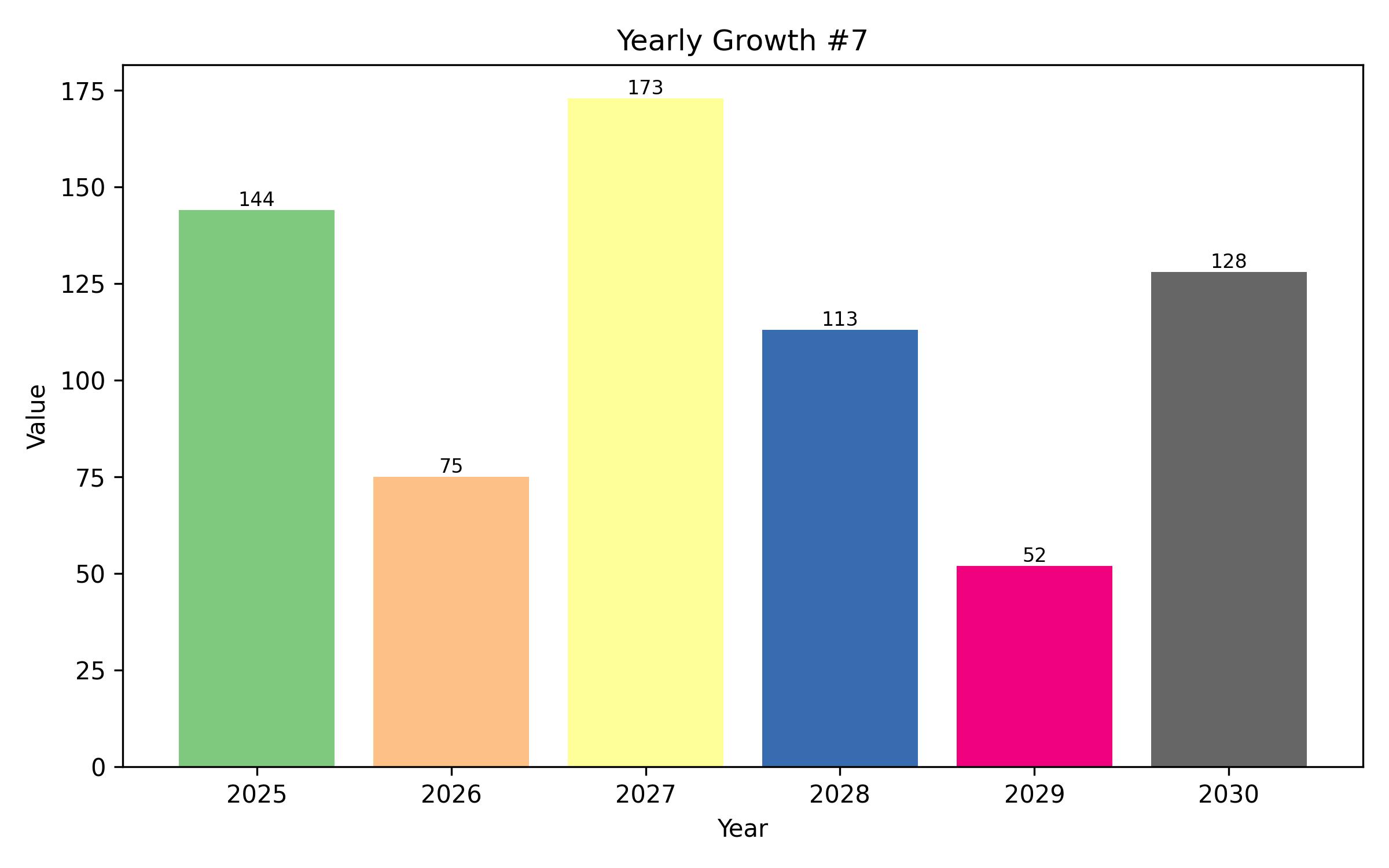Middle East & Africa Biologics and Biosimilars Market: Analysis by Drug, Class, Form, Indication, Channel, and Country to 2035
Overview:
The Middle East & Africa biologics and biosimilars market is poised for substantial growth in the coming years. The market is expected to reach USD 570.3 million by 2025 and is projected to grow to USD 970.9 million by 2035, reflecting a compound annual growth rate (CAGR) of 5.4% from 2025 to 2035. This expansion is driven by rising healthcare expenditure, increasing prevalence of chronic diseases, and greater acceptance of biosimilars as cost-effective alternatives to biologics.
The increasing investment in local pharmaceutical manufacturing capabilities across the MEA region is also significantly contributing to market growth. Many countries are focusing on developing their biopharmaceutical industries to reduce reliance on imports and enhance healthcare accessibility. Governments are implementing supportive policies and regulations to encourage the development and adoption of biosimilars.
The oncology segment is expected to dominate the indications landscape, driven by the rising incidence of cancer and the increasing demand for advanced cancer therapies. Autoimmune diseases also represent a significant market segment, with a growing number of patients seeking treatment for conditions such as rheumatoid arthritis and psoriasis. Biologics and biosimilars offer effective treatment options for these chronic diseases.
Saudi Arabia and South Africa are expected to be key markets in the MEA region, supported by strong healthcare infrastructure and increasing healthcare awareness. The UAE and Egypt are also anticipated to contribute significantly to market growth due to their expanding healthcare sectors and increasing adoption of advanced medical treatments.
The competitive landscape of the MEA biologics and biosimilars market includes both multinational pharmaceutical companies and regional players. Key companies such as Roche, Pfizer, Novartis/Sandoz, and Biocon/Mylan are actively competing in the market, along with local players like Hikma Pharmaceuticals and Julphar. These companies are focusing on expanding their product portfolios and strengthening their distribution networks across the region.
The distribution channel segment is dominated by hospital pharmacies, which serve as primary points of access for biologics and biosimilars. Retail pharmacies and online pharmacies are also gaining importance as alternative distribution channels, providing greater convenience and accessibility for patients. The increasing adoption of online pharmacies is particularly notable in urban areas.
Several factors are expected to shape the future of the MEA biologics and biosimilars market. These include the introduction of new biosimilars, increasing investment in research and development, and growing collaboration between international and local pharmaceutical companies. The market is also influenced by regulatory changes and pricing pressures, which are driving the need for cost-effective treatment options.

Year On Year Growth Chart
“`html
| Report Attribute | Details |
|---|---|
| Market Size in 2025 | USD 570.8 million |
| Revenue Forecast for 2035 | USD 971.5 million |
| Growth Rate (CAGR) | 5.5% from 2025 to 2035 |
| Base Year for Estimation | 2024 |
| Historical Data | N/A |
| Forecast Period | 2025 – 2035 |
| Quantitative Units | Revenue in USD million and CAGR from 2025 to 2035 |
| Report Coverage | Revenue forecast, market share analysis, competitive landscape, growth factors, and trends |
| Covered Segments | Drug, Drug Class, Dosage Form, Indication, Distribution Channel, and Country |
| Regional Scope | Middle East & Africa (MEA) |
| Country Scope | Saudi Arabia, UAE, South Africa, Egypt, Morocco, Kuwait, Qatar, Bahrain, Oman, Iran |
| Key Companies Analyzed | Roche, Pfizer, Biocon/Mylan, Novartis/Sandoz, Amgen, STADA Arzneimittel, Hikma Pharmaceuticals, Celltrion, Sanofi, Julphar |
| Customization Options | Free report customization (up to 8 analysts working days) with purchase. Changes to country, regional, and segment scope |
| Pricing and Purchase Options | Customizable purchase options for tailored research needs |
“`

Key Companies Market Share
Report Coverage & Deliverables
- Market Trends And Dynamics
- Competitve Benchmarking
- Historical data and forecasts
- Value/Volume analysis
- Company revenue shares and key strategies
- Regional opportunities
This is an indicative segmentation. Please request a sample report to see detail segmentation of this market.
Detailed Market Segmentation
- By Drug Type
- Monoclonal Antibodies
- Recombinant Hormones
- Interferons
- Erythropoietin
- Fusion Proteins
- Other Biologics
- By Drug Class
- Tumor Necrosis Factor (TNF) Inhibitors
- Interleukin Inhibitors
- Insulin
- Growth Hormones
- Interferon Beta
- Other Drug Classes
- By Dosage Form
- Injections
- Lyophilized Products
- Other Dosage Forms
- By Indication
- Oncology
- Autoimmune Diseases
- Diabetes
- Growth Disorders
- Other Indications
- By Distribution Channel
- Hospital Pharmacies
- Retail Pharmacies
- Online Pharmacies
- By Country
- Saudi Arabia
- UAE
- South Africa
- Egypt
- Morocco
- Kuwait
- Qatar
- Bahrain
- Oman
- Iran
Table of Content
- Executive Summary
- Market Overview
- Key Market Trends
- Market Dynamics
- Drivers
- Restraints
- Opportunities
- MEA Biologics and Biosimilars Market Analysis, by Drug Type, 2025-2035
- MEA Biologics and Biosimilars Market Analysis, by Drug Class, 2025-2035
- MEA Biologics and Biosimilars Market Analysis, by Dosage Form, 2025-2035
- MEA Biologics and Biosimilars Market Analysis, by Indication, 2025-2035
- MEA Biologics and Biosimilars Market Analysis, by Distribution Channel, 2025-2035
- MEA Biologics and Biosimilars Market Analysis, by Country, 2025-2035
- Saudi Arabia
- UAE
- South Africa
- Egypt
- Morocco
- Kuwait
- Qatar
- Bahrain
- Oman
- Iran
- Competitive Landscape
- Company Profiles
- Roche
- Pfizer
- Biocon/Mylan
- Novartis/Sandoz
- Amgen
- STADA Arzneimittel
- Hikma Pharmaceuticals
- Celltrion
- Sanofi
- Julphar
- Market Structure Analysis
- Regulatory Framework
- Pricing Analysis
- Future Market Outlook
- Research Methodology
